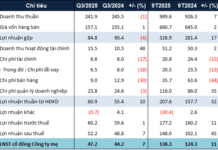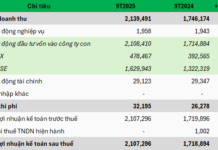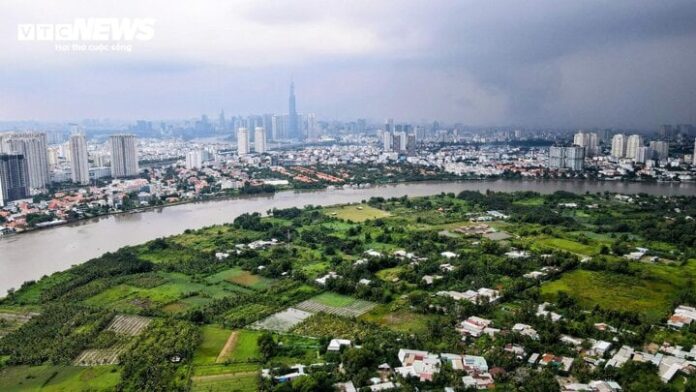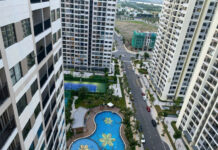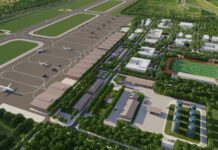The Ho Chi Minh City Party Committee’s Propaganda Department is conducting a survey to gauge public interest and opinions on the draft decision to amend Decision No. 02/2020/QD-UBND dated January 16, 2020, regarding land price tables. The survey, which runs from August 19 to 23, 2024, aims to collect feedback from officials, party members, association members, youth union members, and residents living and working in the city.
During this period, citizens can participate in the survey and provide their valuable input by clicking on the link provided below. The survey focuses on the draft land price table that the city plans to implement.
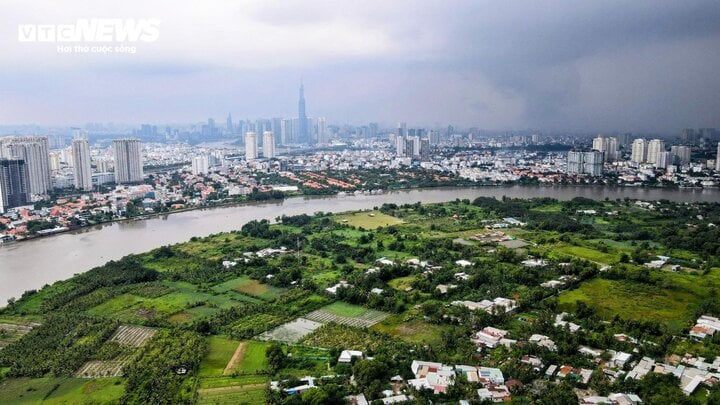
Ho Chi Minh City seeks public opinions on the draft land price adjustments. (Illustrative image)
Prior to this survey, on August 12, a conference was held to discuss the social implications of the draft decision to amend Decision No. 02/2020 of the Ho Chi Minh City People’s Committee on land price tables. During the conference, Lawyer Nguyen Van Hau, a member of the Advisory Council on Democracy and Law of the Vietnam Fatherland Front Committee in Ho Chi Minh City, expressed his view that the draft decision is not in line with the actual situation.
According to Lawyer Hau, a balanced approach is necessary to ensure harmony between the interests of the state, land users, and investors. From the perspective of citizens and businesses, the proposed content is inappropriate and creates financial pressure. Therefore, he suggested that the city reconsider the timing of issuing the decision to replace Decision 02/2020.
He further emphasized the challenges faced by families in Binh Chanh and Cu Chi districts, who have struggled for generations to afford land separation and change of land use purpose for their offspring. With the proposed draft, land prices in certain areas are set to increase by several folds, causing significant difficulties for these families.
Additionally, Lawyer Hau pointed out that an increase in land prices would lead to higher investment costs, potentially discouraging businesses from investing in projects. This, in turn, could result in a decline in investment in both public and private projects, as well as an increase in input costs, creating further pressure on land prices.
“Consequently, there would be an increase in the prices of goods, adversely affecting social housing projects when enterprises take over land for project development. Therefore, it is necessary to allow more time for adjustments and comprehensive impact assessments before implementing the new land price table,” Lawyer Nguyen Van Hau recommended.
Meanwhile, Lawyer Truong Thi Hoa suggested that land users be given time to adapt to the new land price regulations under the 2024 Land Law, which reflects the trend of increasing land prices in line with market prices. She also recommended conducting practical surveys and investigations before issuing the land price table, as stipulated in the 2024 Land Law.
To alleviate the financial burden on families with land-related financial obligations, Lawyer Hoa proposed that the Ho Chi Minh City People’s Committee follow Article 257, Clause 1 of the 2024 Land Law, allowing the previous land price table to remain in effect until the end of 2025.
Prior to this survey, the Ho Chi Minh City Department of Natural Resources and Environment had sought public opinions on the draft decision to amend Decision No. 02/2020/QD-UBND dated January 16, 2020, on land price tables in the city.
According to the draft land price adjustments, land prices in the central area of District 1 are expected to increase by 5-6 times compared to the current rates. Land prices in other districts, such as District 7, 4, and 12, will also witness significant increases, with rates rising by 10-15 times the current prices.
In Hoc Mon district, land prices are projected to surge dramatically, with increases ranging from 20 to over 30 times the current rates. Similarly, in Nha Be, Binh Chanh, Can Gio, and Cu Chi districts, land prices are anticipated to rise by 10-20 times the previous rates.
Additionally, Ho Chi Minh City plans to set the price of commercial and service land at 80% of the price of adjacent residential land. The city also ensures that land prices will not fall below the price of land for long-term tree planting within the same residential area.
Proposed Planning for Adding 2 New Cities in Ho Chi Minh City
According to Architect Ngô Viết Nam Sơn, Ho Chi Minh City should consider planning two cities within the city in the south and north.
Three Economic Growth Scenarios for Ho Chi Minh City in Q1 2024
At the socio-economic meeting reviewing the results of January and setting the goals for February 2024, held this morning (1/2), the Ho Chi Minh City Institute for Research and Development has presented three economic growth scenarios for the first quarter of Ho Chi Minh City.











